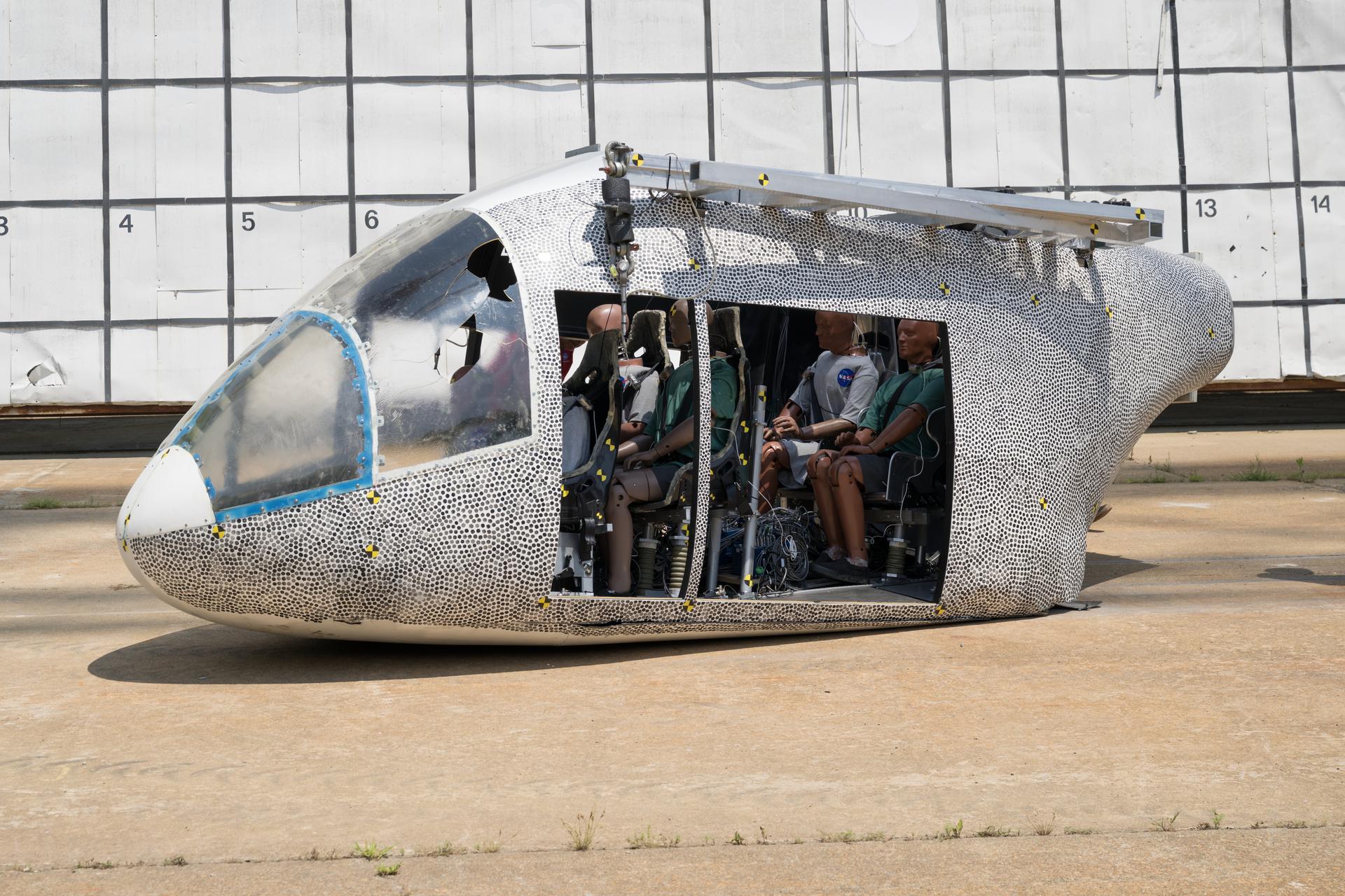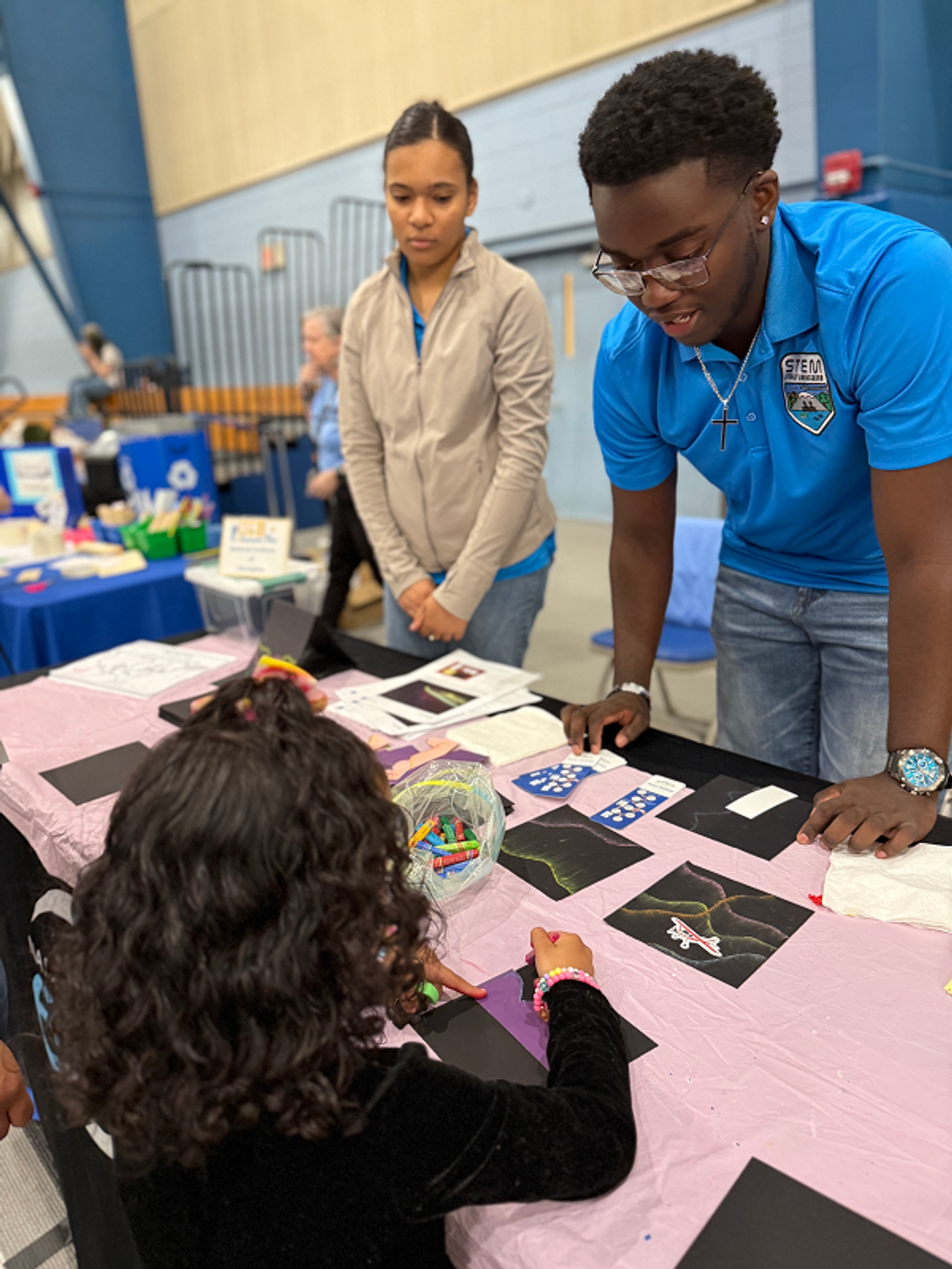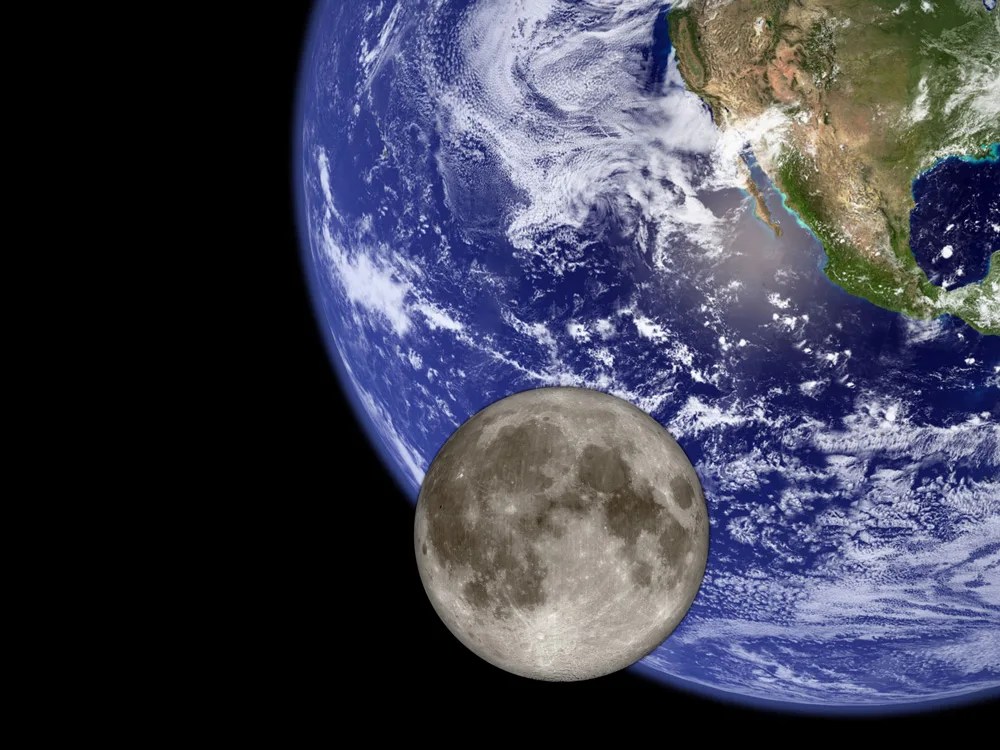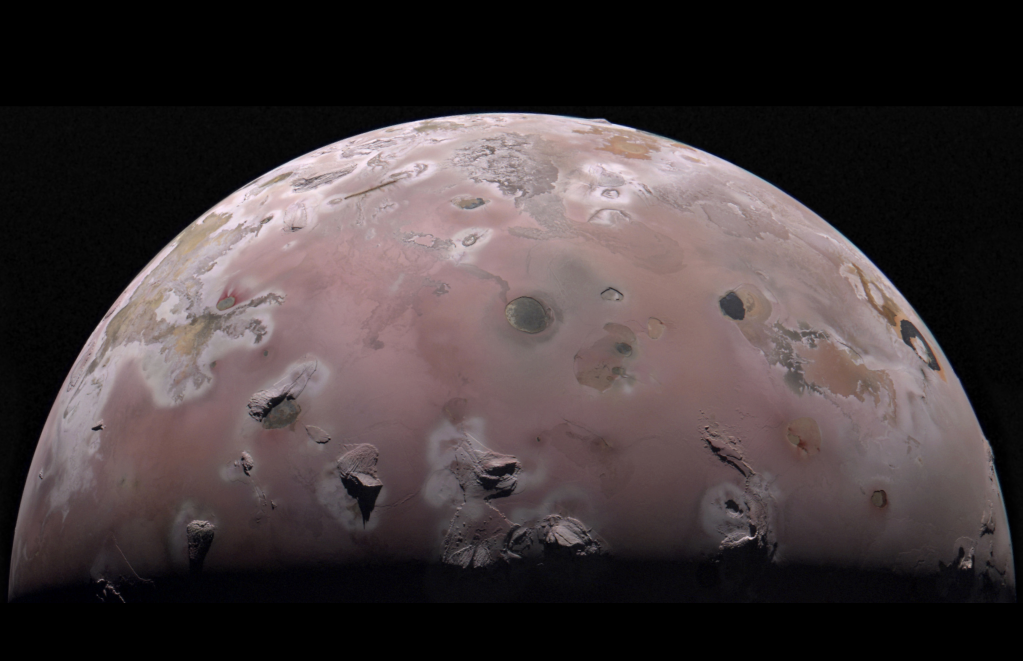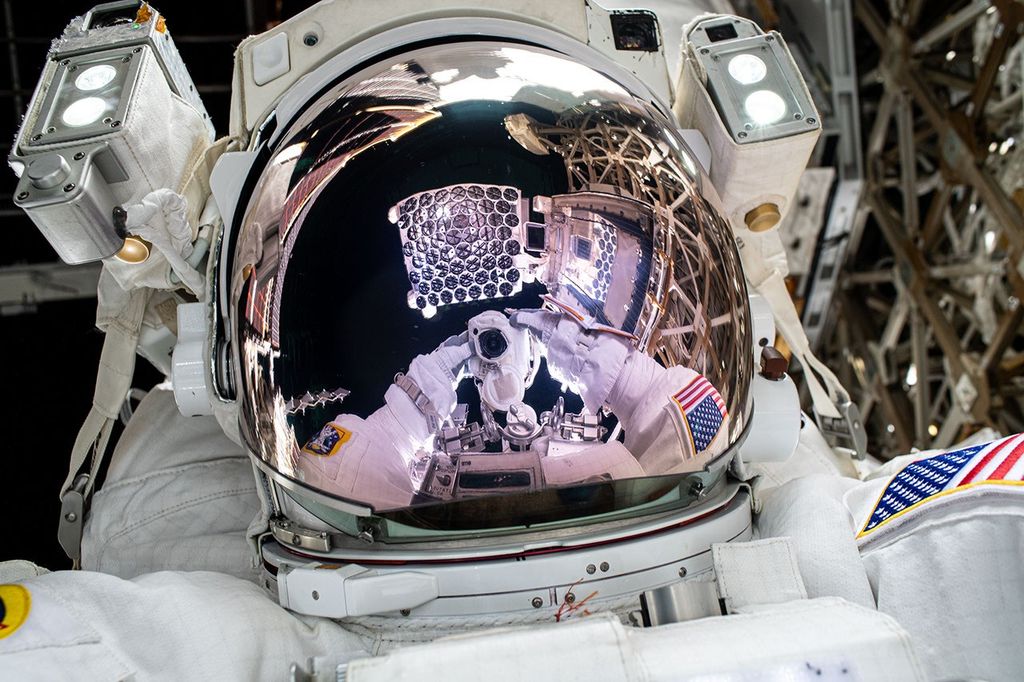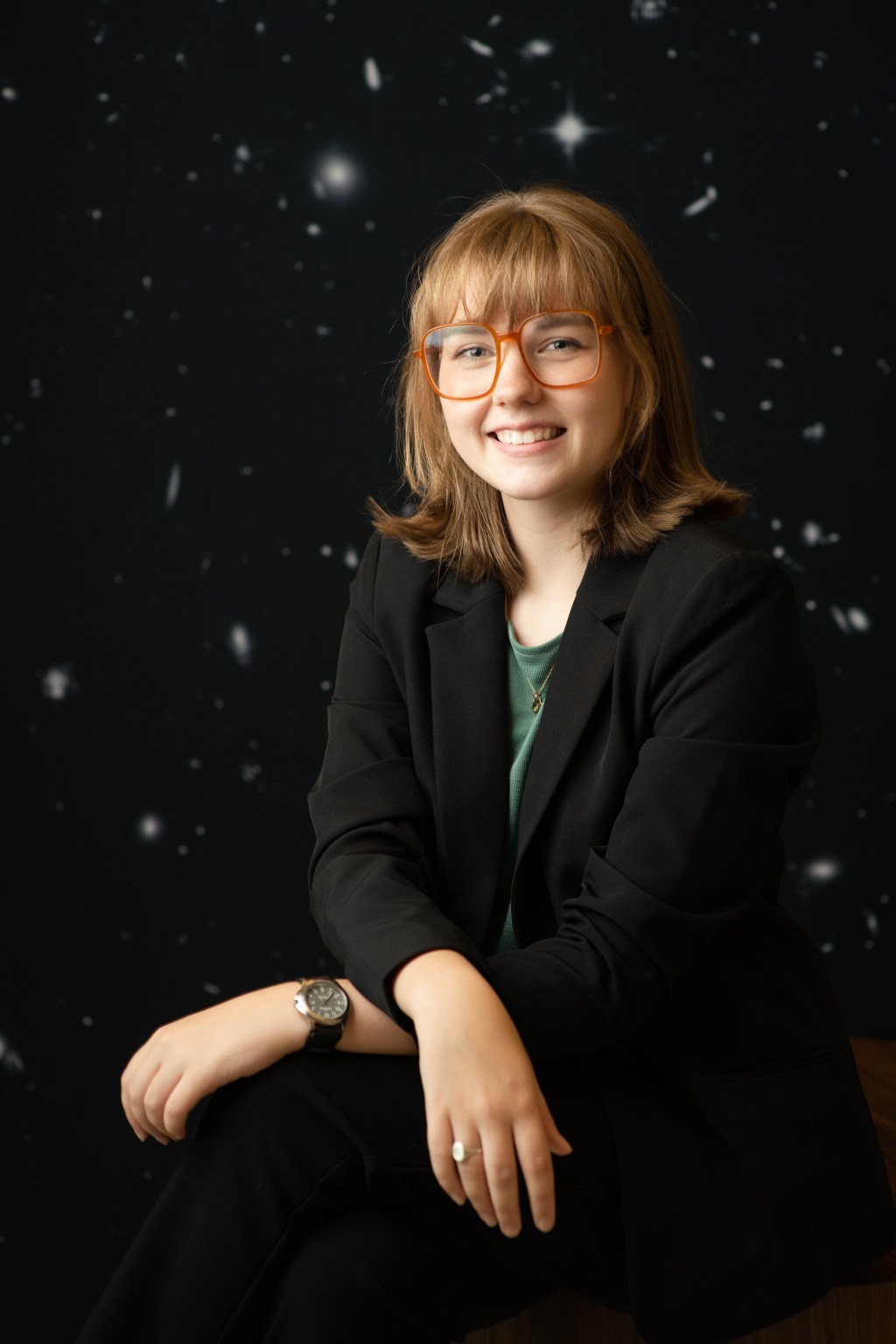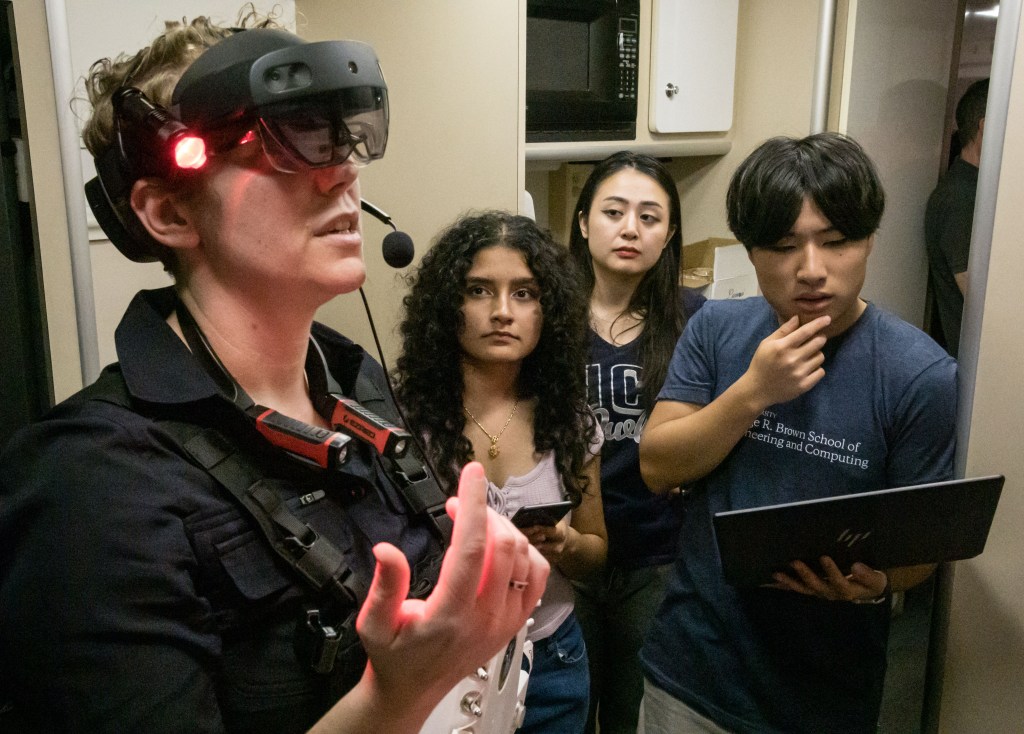Our Sun as a Natural System by Tom N. Tomas
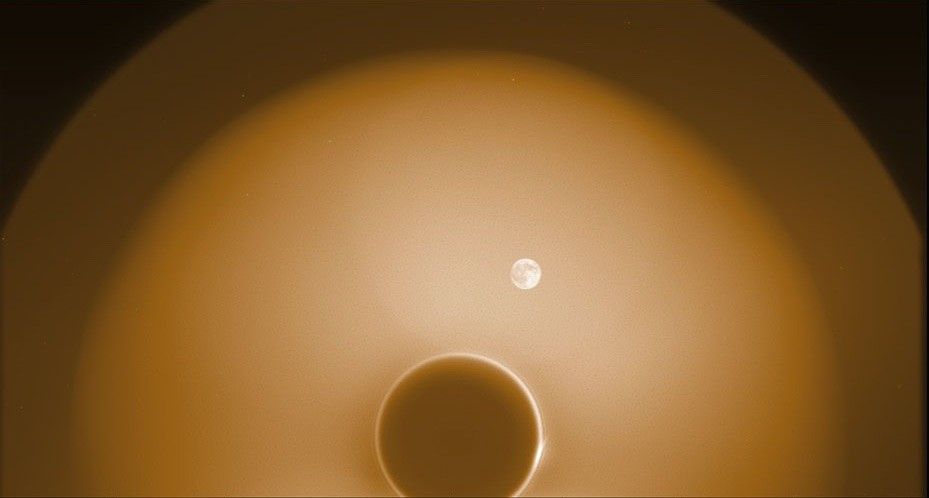
During commissioning, PUNCH’s NFI instrument captured this image of the new Moon as it passed by the Sun in the sky on April 27, 2025. The new Moon appears full, because it is illuminated by Earthshine (sunlight reflected off Earth). The image helped the PUNCH team confirm that the Moon will not obscure NFI’s view of the corona and solar wind. The dark circle near the bottom is the shadow of NFI’s occulter, which hides the Sun. The occulter, which was not yet fully aligned with the Sun, is surrounded by a narrow bright ring of diffracted light. Around that is a large, hazy circle of stray light glinting off the occulter (the Moon is inside that circle). Outside that is a small, dimmer region of the sky that is less affected by glint.
Elementary students understand the features of our Sun as a natural system compared with human-made systems such as satellites.
Click the following link to view resource: https://outreach.gi.alaska.edu/nasa-heliophysics/heliophysics/our-sun-natural-system-tom-n-tomas



